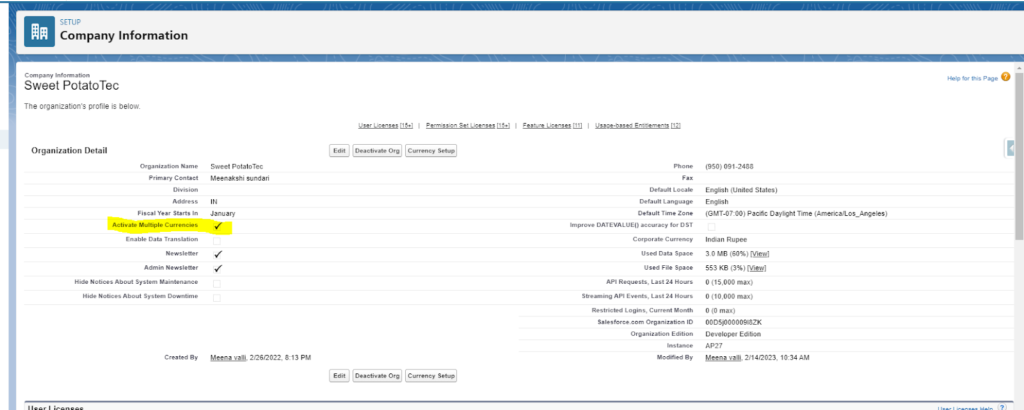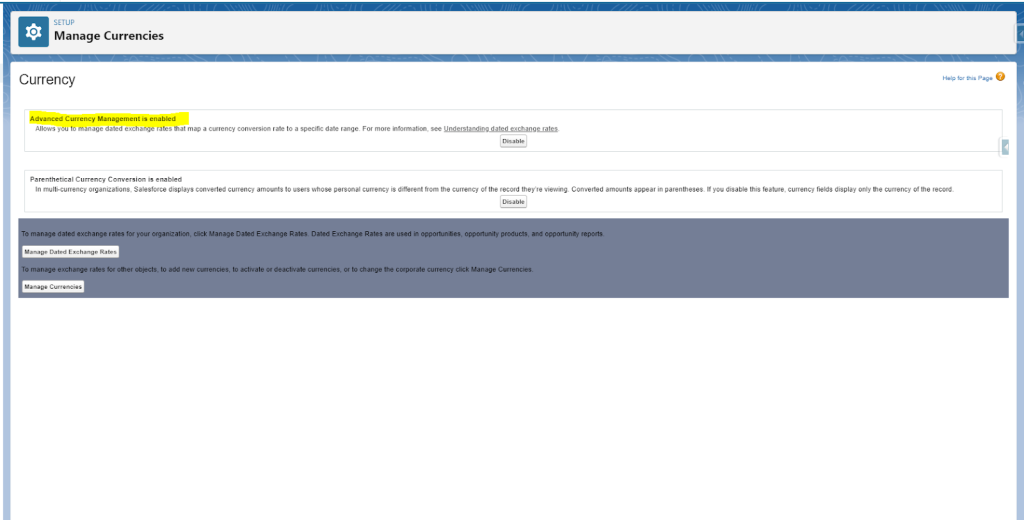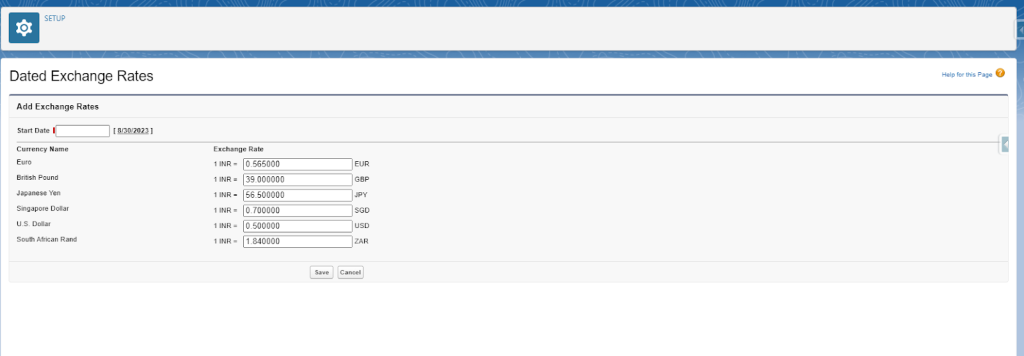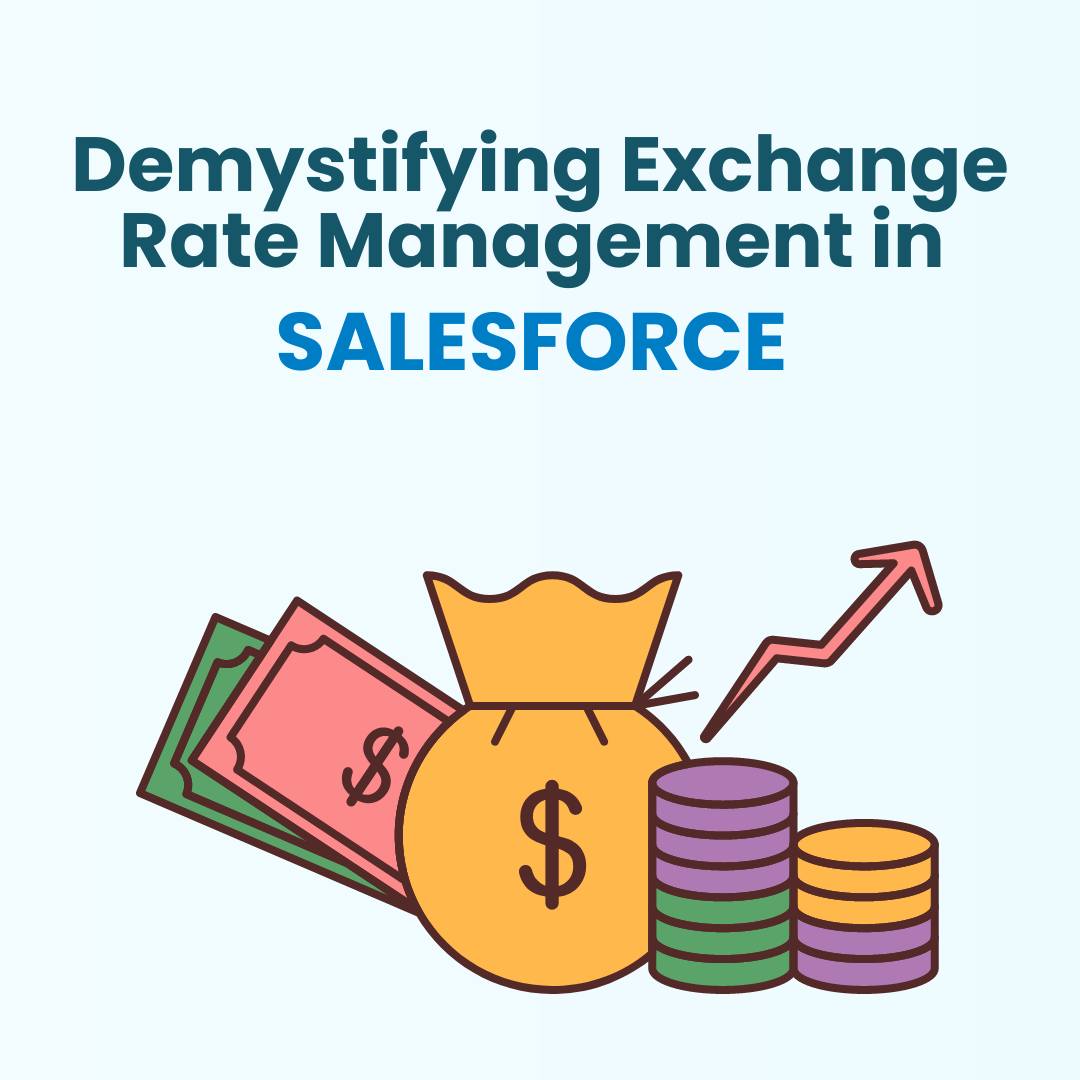Introduction: Managing global sales involves more than just products and leads; it also requires keeping a close eye on currency exchange rates. In Salesforce, understanding and effectively utilizing exchange rates can significantly impact your sales strategies, revenue calculations, and financial planning. This blog will guide you through the essentials of exchange rate management in Salesforce, helping you navigate the complexities of international sales with confidence.
Understanding Exchange Rates: Exchange rates determine the value of one currency relative to another. They fluctuate based on economic factors and impact the conversion of one currency to another during transactions. In Salesforce, exchange rates are crucial when dealing with multi-currency records.
Why Exchange Rates Matter in Salesforce:
- Accurate Financial Reporting: Exchange rates influence the conversion of foreign currency amounts into your organization’s base currency. This ensures accurate financial reporting, revenue recognition, and forecasting.
- Sales and Opportunity Management: Deals involving different currencies require conversion for proper revenue calculation. Accurate exchange rates enable your sales team to understand the true value of deals and opportunities.
- Global Insights: Exchange rates can reveal market trends and the relative performance of products in different regions. This insight aids in making informed decisions about international expansion and targeting.
Exchange Rate Setup: Salesforce provides tools to manage exchange rates effectively:
- Multi-Currency Activation: Enable multi-currency in your Salesforce org if you haven’t already. This allows you to handle transactions in multiple currencies.

- Advanced Currency Management: For sophisticated needs, consider activating Advanced Currency Management. This feature helps you maintain historical exchange rates, preventing discrepancies in reporting.

Maintaining Exchange Rates:
- Automatic Updates: Salesforce can fetch daily exchange rates from external sources like currency exchange rate providers. Set up scheduled jobs to keep your rates up-to-date automatically.
- Manual Entry: You can manually input exchange rates if needed, especially if you have unique sources or requirements.

Using Exchange Rates:
- Opportunity Conversion: When creating or updating opportunities involving foreign currencies, Salesforce converts the amounts into your base currency using the relevant exchange rate.
- Reports and Dashboards: Leverage Salesforce’s reporting capabilities to analyze sales performance across different currencies. Create reports that show revenue in both local and base currencies for a comprehensive view.
- Currency Fields: Salesforce provides standard and custom fields for currency values. These fields automatically handle currency conversion based on exchange rates.
Best Practices:
- Regular Updates: Ensure your exchange rates are regularly updated to reflect the current market conditions.
- Clear Documentation: Maintain clear records of exchange rates used for each transaction. This is essential for transparency and audit purposes.
- Educate Your Team: Train your sales and finance teams on how exchange rates impact deals and reporting. This ensures accurate data entry and understanding.
Conclusion: In the global business landscape, exchange rates play a pivotal role in accurate financial reporting, sales management, and decision-making. Salesforce’s exchange rate management features empower you to navigate multi-currency transactions effectively. You can effectively manage your international sales operations and gain insightful information about your overall business performance by setting up, maintaining, and using exchange rates in the right way.


